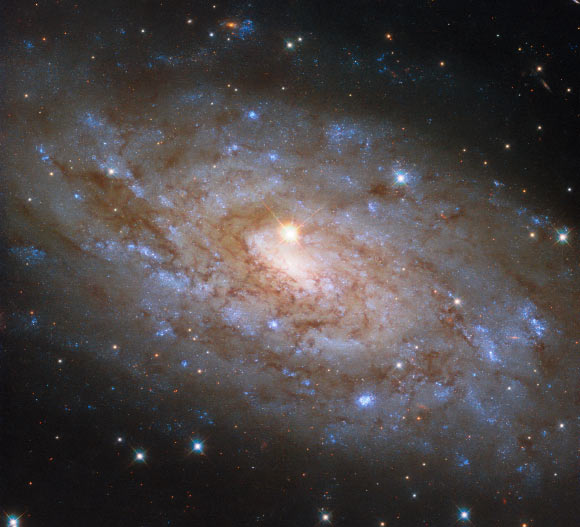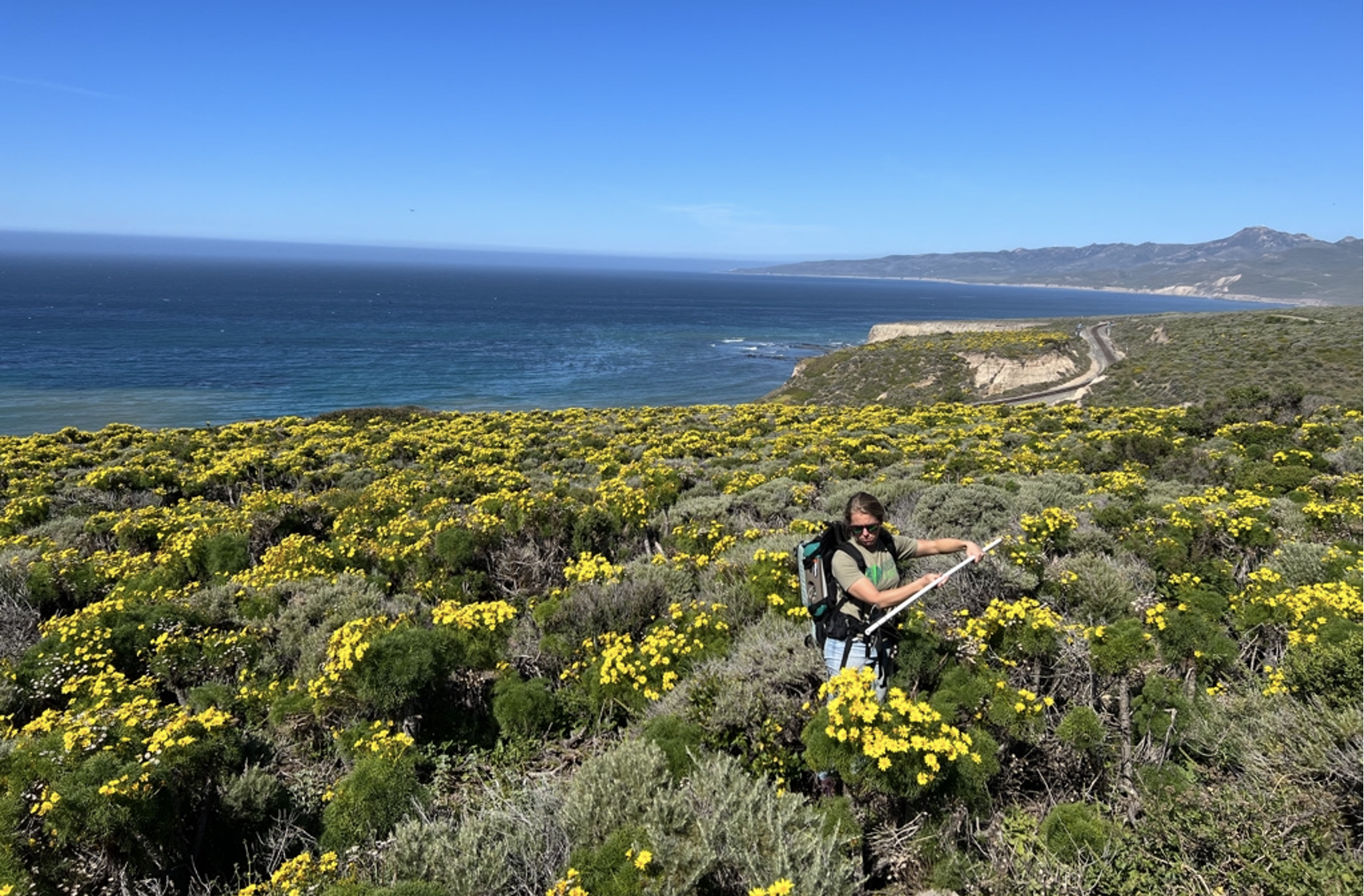Now Reading: Hubble Reveals Breathtaking Image of Galaxy NGC 5530
-
01
Hubble Reveals Breathtaking Image of Galaxy NGC 5530
Hubble Reveals Breathtaking Image of Galaxy NGC 5530

Quick Summary
- NASA’s Hubble Telescope captured an image of the spiral galaxy NGC 5530,located about 40 million light-years away in Lupus constellation.
- The galaxy has a diameter of approximately 60,000 light-years and was first discovered by British astronomer John Herschel on April 7, 1837.
- Classified as a ‘flocculent’ spiral with patchy and indistinct arms; the radiant center is not an active black hole but a star from our own Galaxy ~10,000 light-years away.
- NGC 5530 is part of the NGC 5643 galaxy group and witnessed a supernova event (SN 2007it) in September 13, 2007, discovered by amateur astronomer Robert Evans.
- The latest image combines data collected via Hubble’s Wide Field Camera using ultraviolet,optical,and near-infrared filters for coloring.
Indian Opinion Analysis
India’s scientific community often celebrates advancements in space exploration globally as it underpins humanity’s evolving understanding of celestial phenomena. Discoveries like NGC 5530’s composition or significant ancient events like SN2007it exemplify how global collaboration fosters astronomical progress-the NASA/ESA cooperation being a case in point hear. For India-developing its astronomy infrastructure through initiatives like ASTROSAT-images such as these offer inspiration to pursue deeper cosmic observations and enhance future international partnerships that could diversify its research capabilities further.


























